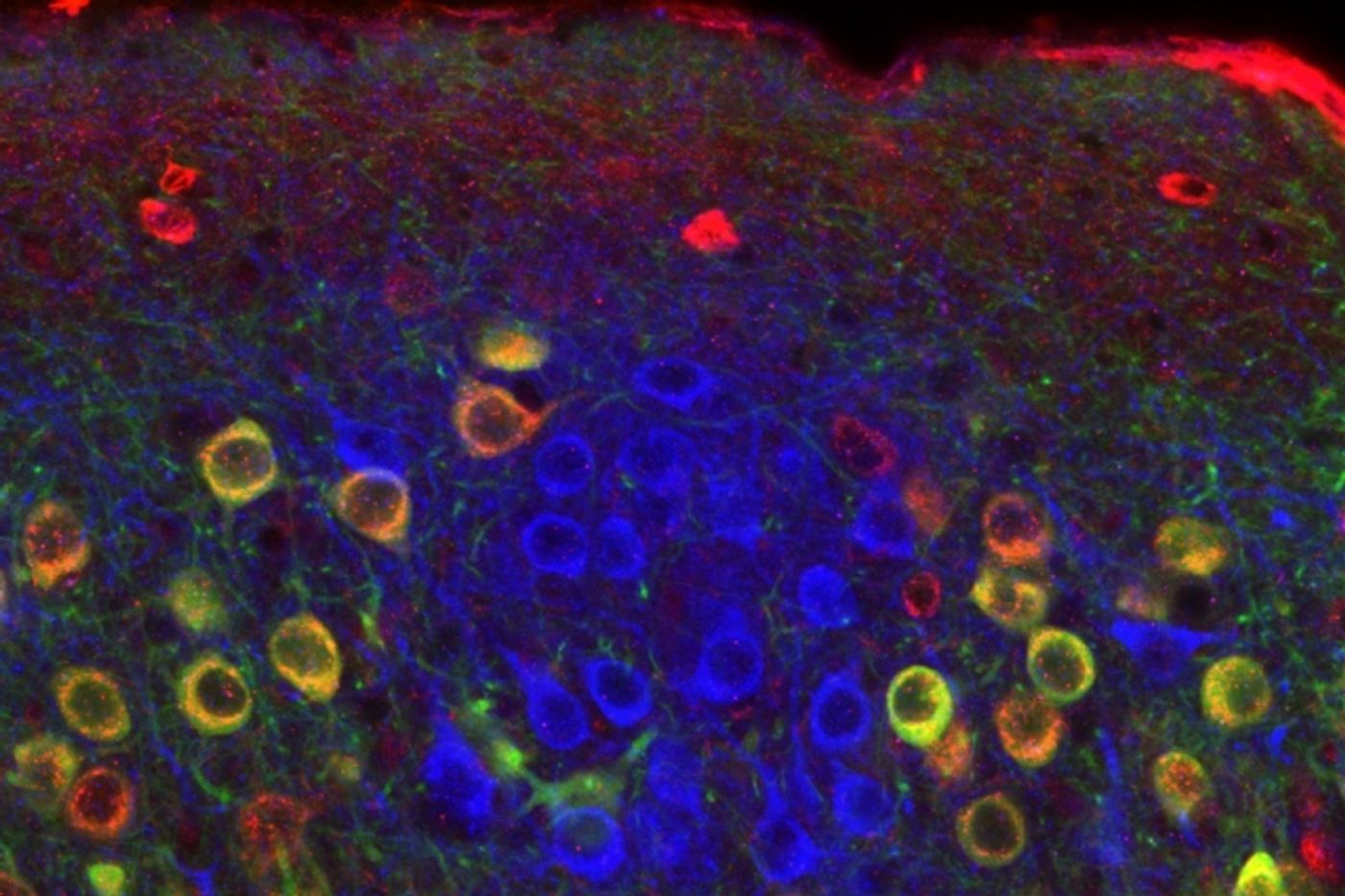Memory is an amazing thing. The brain has to process so much information that comes in, decode it and then store it somehow so that memory of your wedding day, or your child’s first birthday will stay with you. Even though all of our memories are quite complex, the brain is able to break experiences down into three basic components. What, where and when. The details may differ depending on the event, but these three main categories are how the brain divides up and processes the information.

But how? Well, researchers at MIT have recently discovered the circuit within the brain that processes and decodes the where and when of any given experience. The study, published in the September 23
rd issue of the journal Neuron shows how there is a route that information takes when it enters the brain and processing time and place happens along this route. It’s a circuit that connects the hippocampus and a part of the brain’s cortex that experts calls the “entorhinal cortex.”
It is the entorhinal cortex that splits the incoming information into pathways, one for the concept of time and another that processes context, such as surroundings and location information.
Before this study, the theory was that the hippocampus, which is largely responsible for many memory functions in the brain, was also the area that sorted out time and place information. The new information contained in the MIT research shows that this splitting of information for processing is already done before it reaches the hippocampus.
Chen Sun, who is a graduate student in brain and cognitive sciences at the Massachusetts Institute of Technology was one of the lead authors of the study.
In a press release from MIT he said, “It suggests that there is a dichotomy of function upstream of the hippocampus. There is one pathway that feeds temporal information into the hippocampus, and another that feeds contextual representations to the hippocampus.”
It works like this. Information coming into the brain from all the senses goes into a hub of sorts, the entorhinal cortex. All of this information is then decoded there, and sent along to the hippocampus, sorted by time or place. The memories are formed in the hippocampus, but have already been categorized in the entorhinal cortex
The study’s senior author is Susumu Tonegawa, a Picower Professor of Biology and Neuroscience and director of the RIKEN-MIT Center for Neural Circuit Genetics at MIT’s Picower Institute for Learning and Memory. It was his research in 2014 that first identified “island cells” and “ocean cells” in the entorhinal cortex. His team knew that the island cells were needed for the brain to form a memory of events that happen quickly, one after the other. It’s the island cells that link those events and process it as a memory that makes sense in relation to time. The new research was able to uncover that the role of the ocean cells is to process the context our experiences
“Ocean cells are important for contextual representations,” Sun says. “When you’re in the library, when you’re crossing the street, when you’re on the subway, you have different memories associated with each of these contexts.”
The researchers used a fluorescent molecule that would light up when a specific neuron was firing. Using lab mice, in anexperiment that required the animals to to either choose between two different environments or link two events in time, the fluorescent molecule allowed the team to see exactly which part of the brain was doing what.
The researchers also made use of a technique known as optogenetics. They were able to control the brain activity in the mice using light to silence either the island cells or the ocean cells and then observe behavior changes that resulted from these manipulations.
When ocean cell activity was blocked, the mice no longer remembered a location where they had previously been given a small shock. Blocking the island cell activities meant that the time between linked events in the animals’ memories could be shortened or lengthened
The team now wants to look further at how episodic memory is formed and how the various components of time and place come back together. Check out the video below to hear more about the study.









